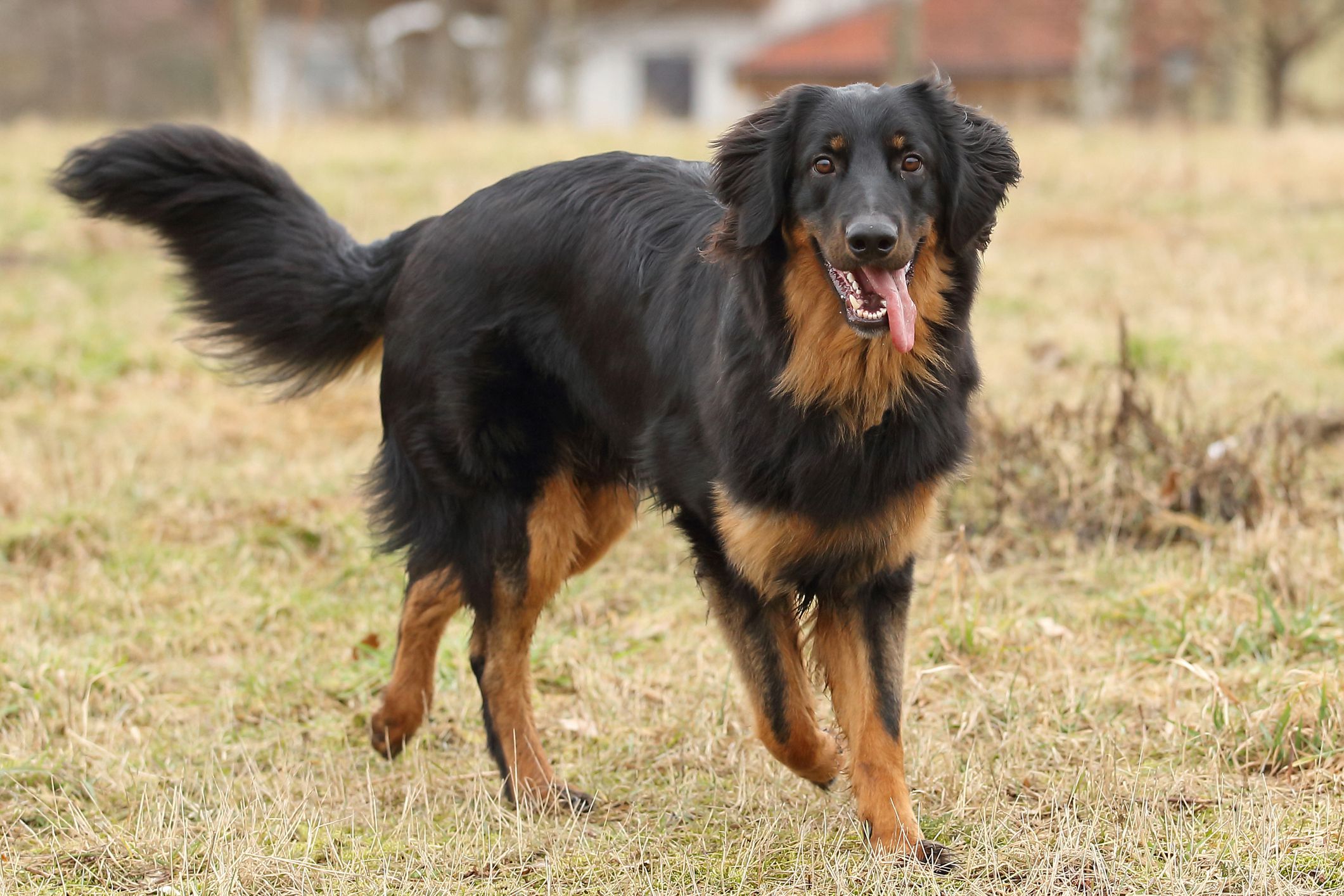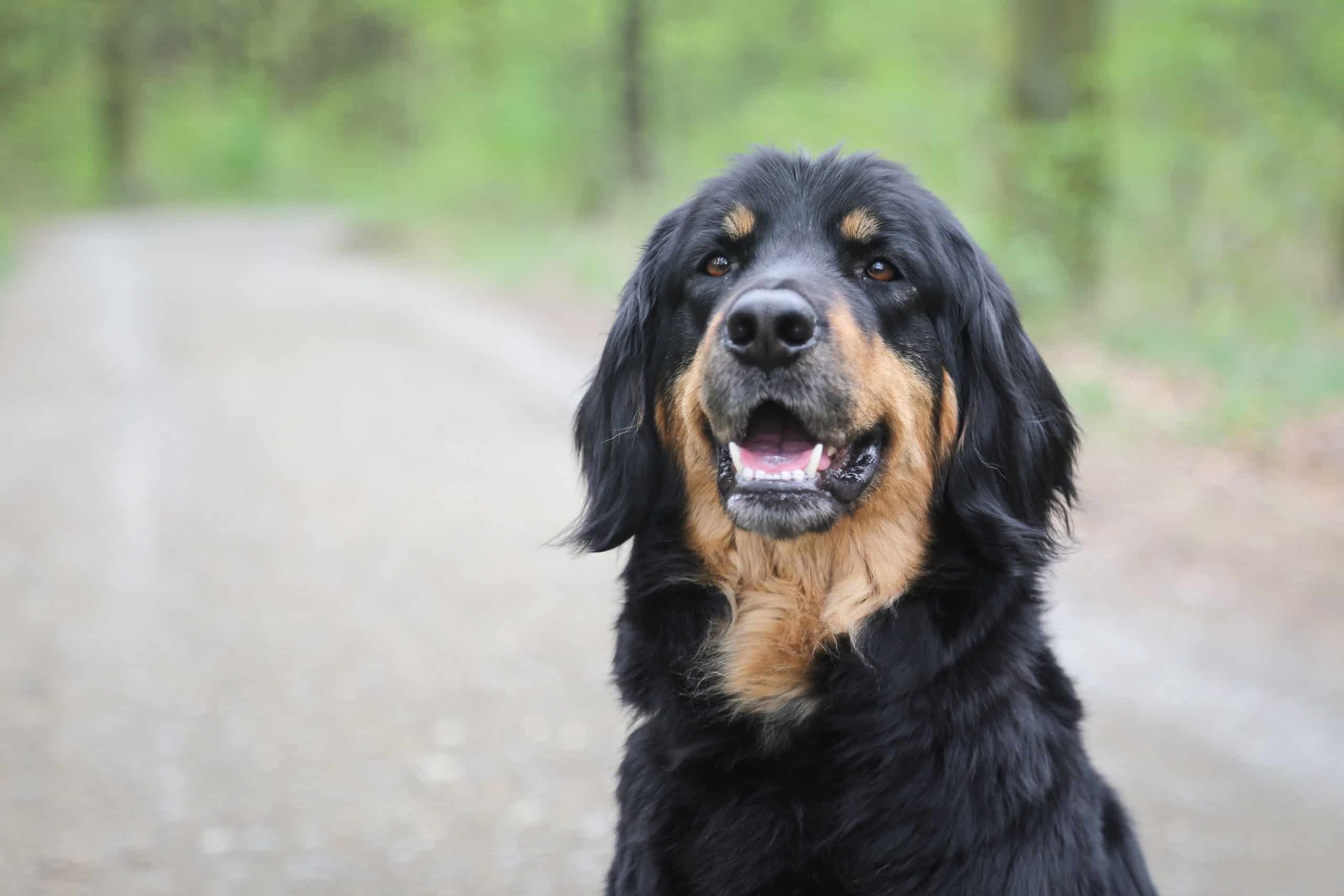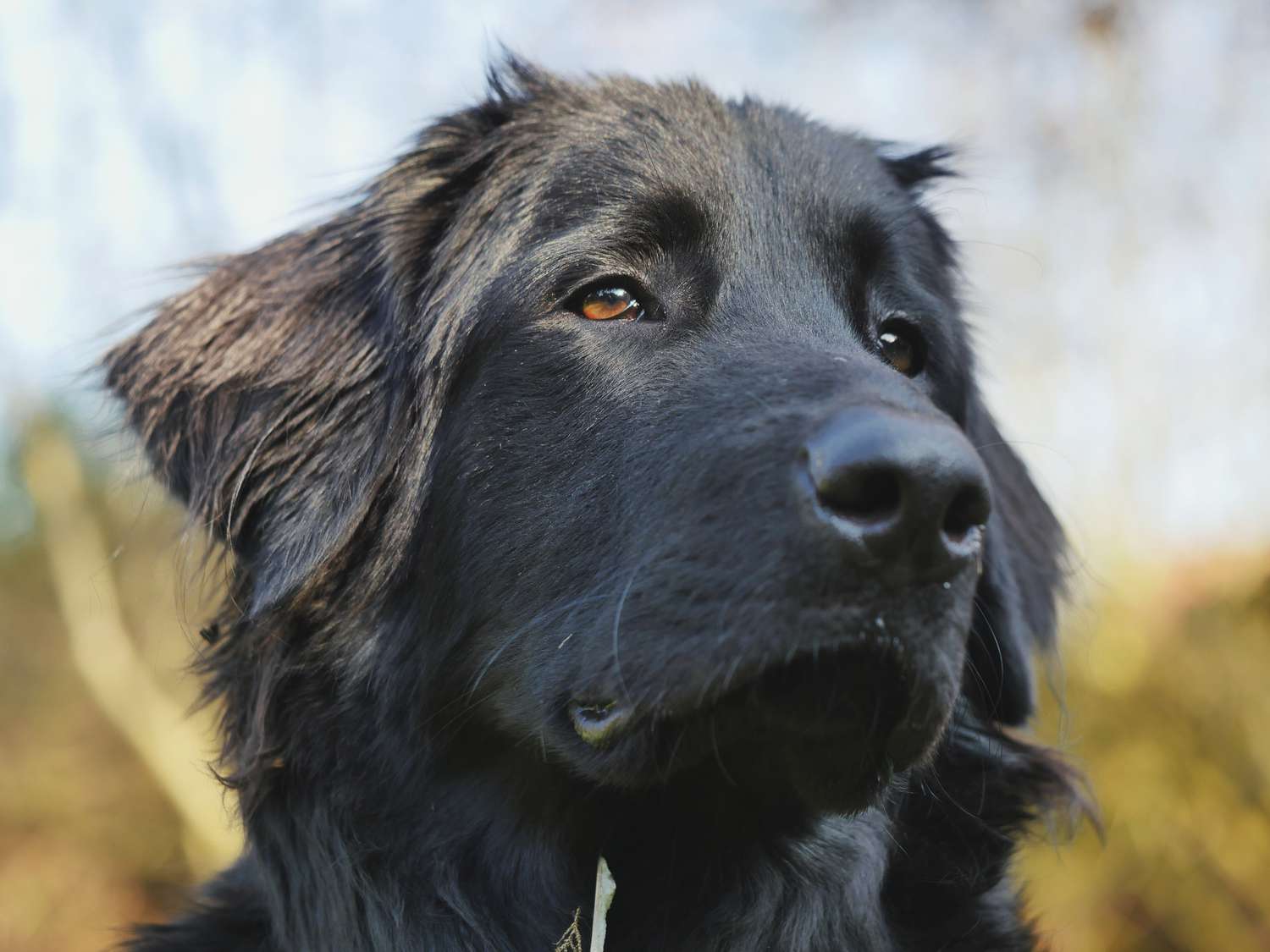
The Hovawart is a German working breed whose name comes from the Middle High German words “Hova” (farm or yard) and “Wart” (watchman), meaning “guardian of the homestead.” It dates back to the medieval era, where these dogs were depicted in German literature and used to guard farms, livestock, and castles.
Though the breed nearly became extinct, it was revived in the early 20th century by enthusiasts such as Kurt Friedrich König, who crossed the few remaining Hovawarts with other working breeds including the Newfoundland, German Shepherd, and Leonberger, staying true to the breed’s guardian roots. Today, the Hovawart is recognized by the FCI and various working dog clubs, although it remains rare outside Europe.
While not as widespread as other protection breeds, the Hovawart enjoys growing popularity among those seeking a loyal, family-oriented guardian. It's especially favored in Germany, Austria, and Switzerland, where it’s known for being trainable, adaptable, and calm in the home.
Though still rare in North America, the breed is attracting fans who value its protective instincts and versatility.
The Hovawart is a large, powerful, and well-balanced working dog with a long, flowing coat and confident stance.
• Coat: Long, slightly wavy, dense, and weather-resistant.
• Color:
o Comes in black, black and gold (similar to a Golden Retriever pattern), and blond.
• Size:
o Height: 23–28 inches (58–70 cm)
o Weight: 65–90 lbs (29–41 kg)
• Head & Expression: Broad skull with a noble, thoughtful expression and dark, oval eyes.
• Ears: Medium-sized, triangular, and drop down close to the cheeks.
• Tail: Long and feathered, carried high when alert.
• Body: Strong and muscular with a deep chest and level back, conveying power and grace.
This breed is intelligent, self-assured, and deeply loyal, thriving as both a working dog and family protector.
• Protective and Alert: Naturally guards its home and family without being needlessly aggressive.
• Devoted and Family-Oriented: Bonds strongly—gentle with children and other pets if socialized early.
• Confident and Independent: Can assess situations on its own—excellent decision-maker.
• Trainable but Not a “Push-Button” Dog: Requires patient, respectful handling.
• Calm Indoors, Energetic Outdoors: Balanced temperament makes it a great companion for active households.

The Hovawart is a wonderful fit for families or individuals seeking a loyal, intelligent, and protective breed.
• Versatile Working Ability: Excels in guarding, search and rescue, tracking, and therapy work.
• Steady Temperament: Calm, even-natured, and not overly excitable.
• Good with Children: Gentle and patient when raised with kids.
• Adaptable: Enjoys family life as long as given structure and purpose.
• Stunning Appearance: Luxurious coat and noble expression turn heads.
This breed requires socialization, consistent training, and regular activity to thrive.
• Training:
o Start young—firm, positive training builds trust and responsiveness.
o Training must be ongoing and engaging to satisfy its smart, independent mind.
• Exercise:
o Needs 1–2 hours of daily activity, including walks, hikes, or dog sports.
o Mentally stimulating tasks (e.g., scent work, obedience) are beneficial.
• Grooming:
o Brush 2–3 times a week to prevent tangles and remove debris.
o Bathe occasionally; check ears and trim nails regularly.
• Nutrition:
o Feed high-quality, balanced food to support muscle and joint health.
• Companionship:
o Needs to feel involved in family life—not suited to kennel or isolated living.

The Hovawart is a healthy, robust breed with a lifespan of 12–14 years. Potential issues include:
• Hip Dysplasia
• Hypothyroidism
• Eye conditions (e.g., cataracts)
• Ligament injuries (due to size and activity level)
Choose breeders who perform rigorous health screenings, especially for hips and thyroid health.
Compared to the German Shepherd, the Hovawart is less intense and more patient. It’s calmer and more independent than the Doberman, but equally loyal. Unlike the Rottweiler, the Hovawart tends to be less dominant, though still highly capable as a guard dog. Compared to the Golden Retriever, it is more protective and reserved.
This breed is perfect for owners seeking a devoted, intelligent dog with guarding instincts and a desire to be close to their humans. It thrives in structured households with time for training, exercise, and bonding.
Not suited for novice owners or those who cannot provide leadership and engagement.
United Pet Club connects you with ethical breeders, training resources, and guidance tailored to guardian breeds. If you’re ready for a loving and watchful companion with a noble presence, the Hovawart is eager to be by your side.